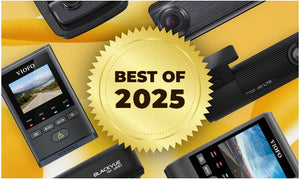While the PIxel 7 Pro can store up to a terabyte, most Pixel phones can only store 128 and 256 GB – similar to dash cam’s storage space. The difference is that dash cams only contain pure video footage, while phones have other apps, media, and files that consume depending on your use.
In line with this, Google claims that to conserve storage space, their Dashcam’s recordings will be automatically deleted after three days unless you save them. So, if you ever notice an unfamiliar dent in your car, and need to backtrack footage you recorded with your Pixel phone’s Dash cam four days ago, there’s no way you can find it, unless you manually saved it.
Additionally, the Dashcam feature says that the videos themselves are compressed, averaging around 30 MB per minute with a maximum recording length of 24 hours. Doing some math, the estimated file size for this would take approximately 43,200 MB or 43.2 GB!
Dash cams actually segment their footage into 1-2 minute long clips on average, which is useful to prevent footage corruption. If power is lost abruptly, or there are SD card issues, then there’s a real possibility of the most recent recorded file to be corrupted. With a dash cam, that would be a single minute-long file, but with the Google Pixel Dash cam? You would lose the entire, up to 24 hour, recording.
For dash cams, recorded videos are rather compressed too. However, dash cams typically use a standard video codec, such as H.264 or H.265. These video codecs work by reducing the amount of data needed to represent the video, while still maintaining high-quality visuals.
With real dash cams, the story is different. Since it has motion and impact detection, buffered recording, Emergency Lock or Live Event Upload features present in Cloud services, videos of incidents get automatically saved — not just during, but also before and after the actual incident. This gives you enough evidence, while also making sure that you won’t lose them.



